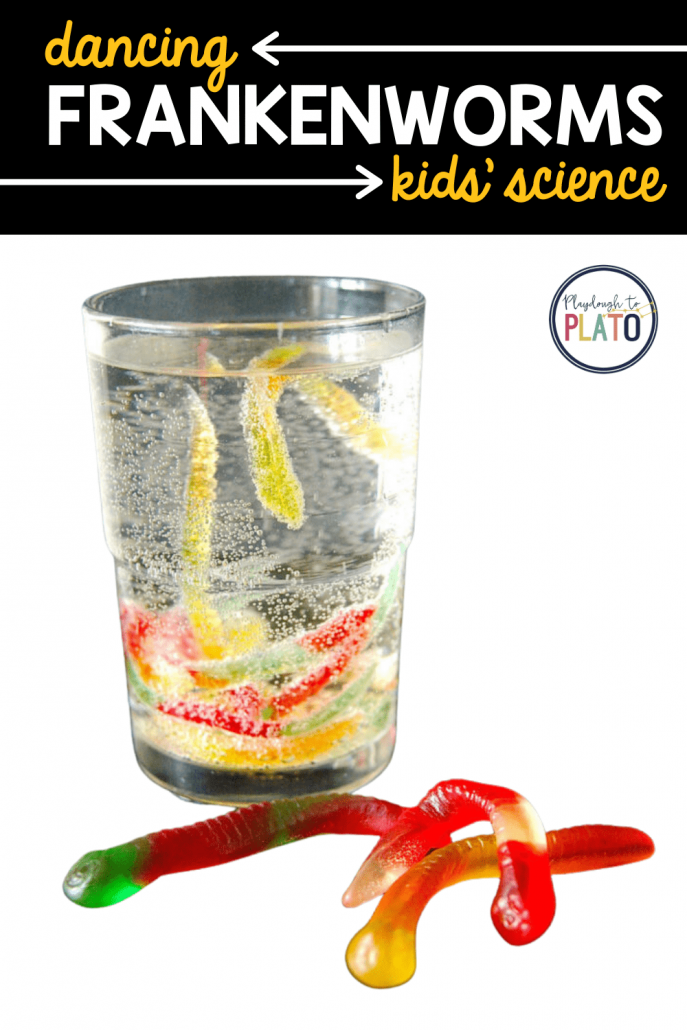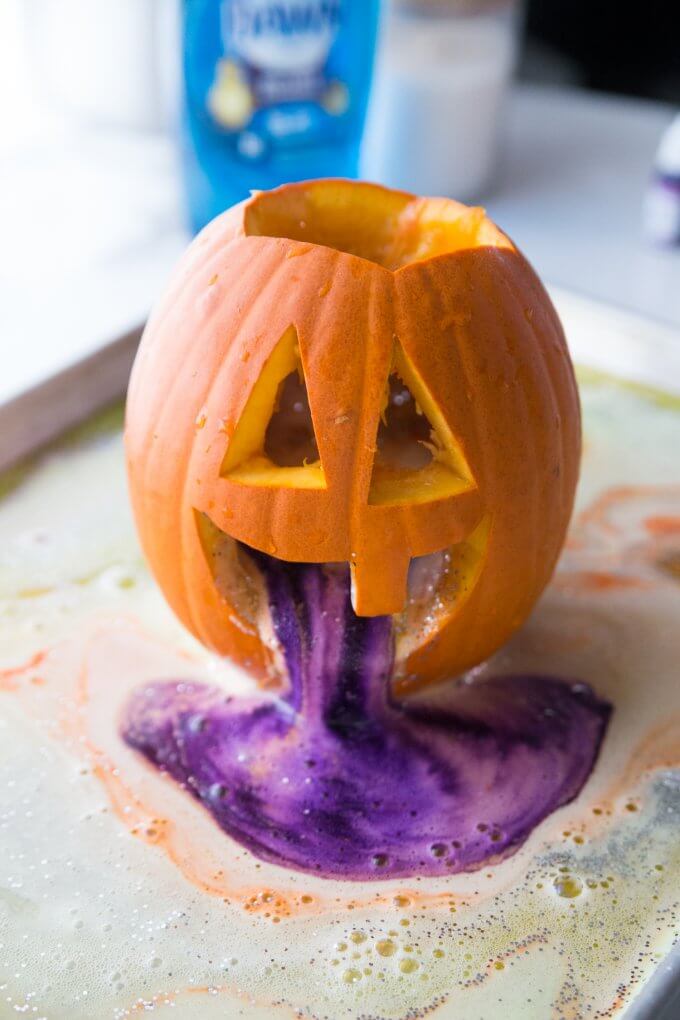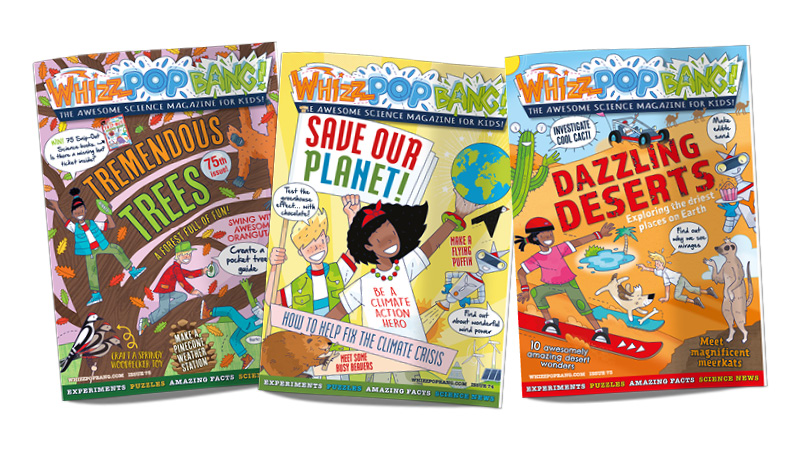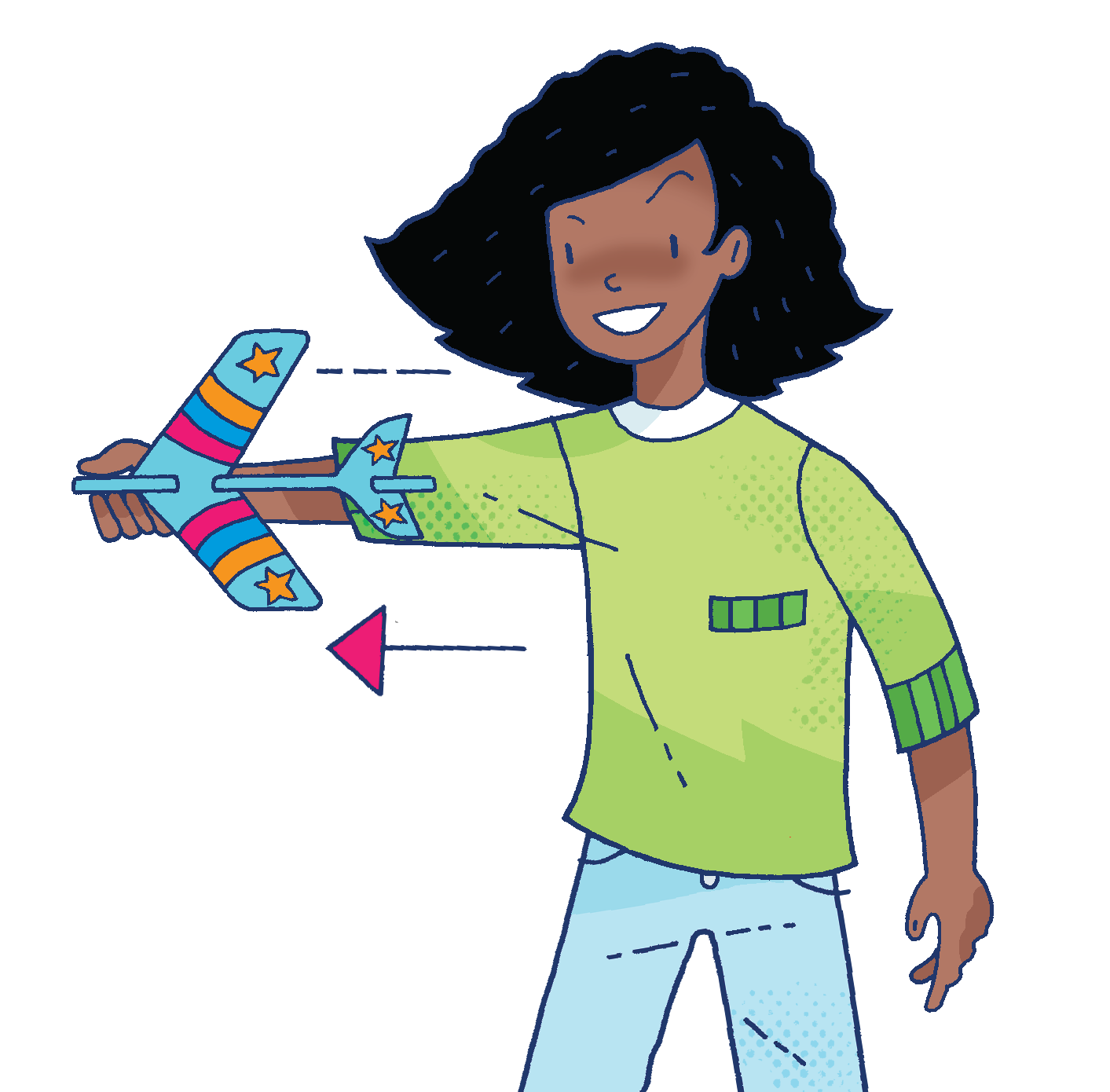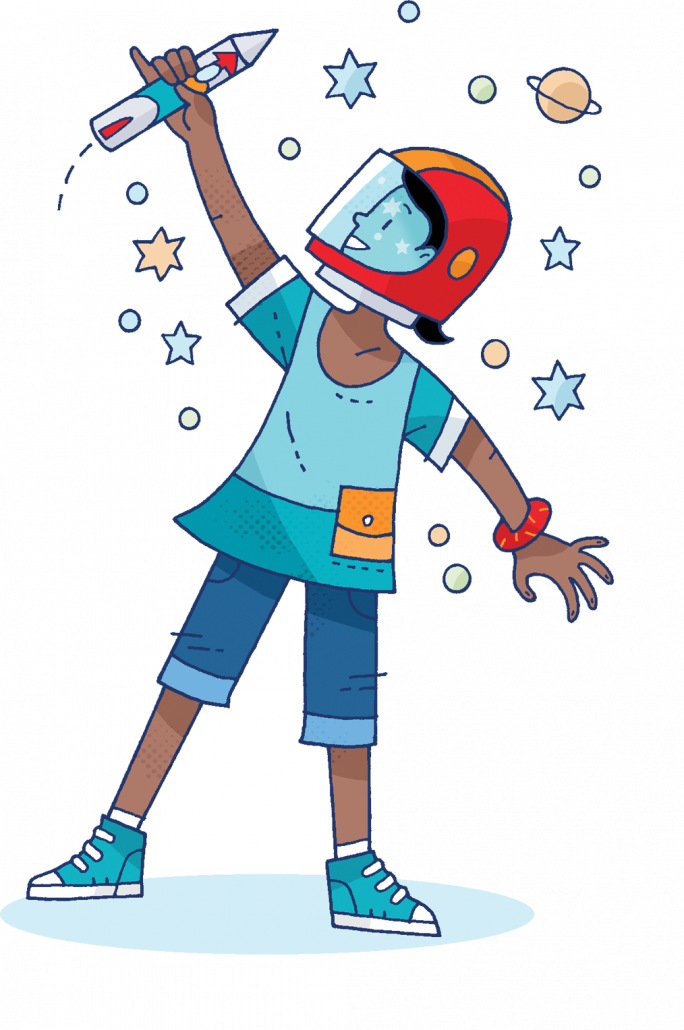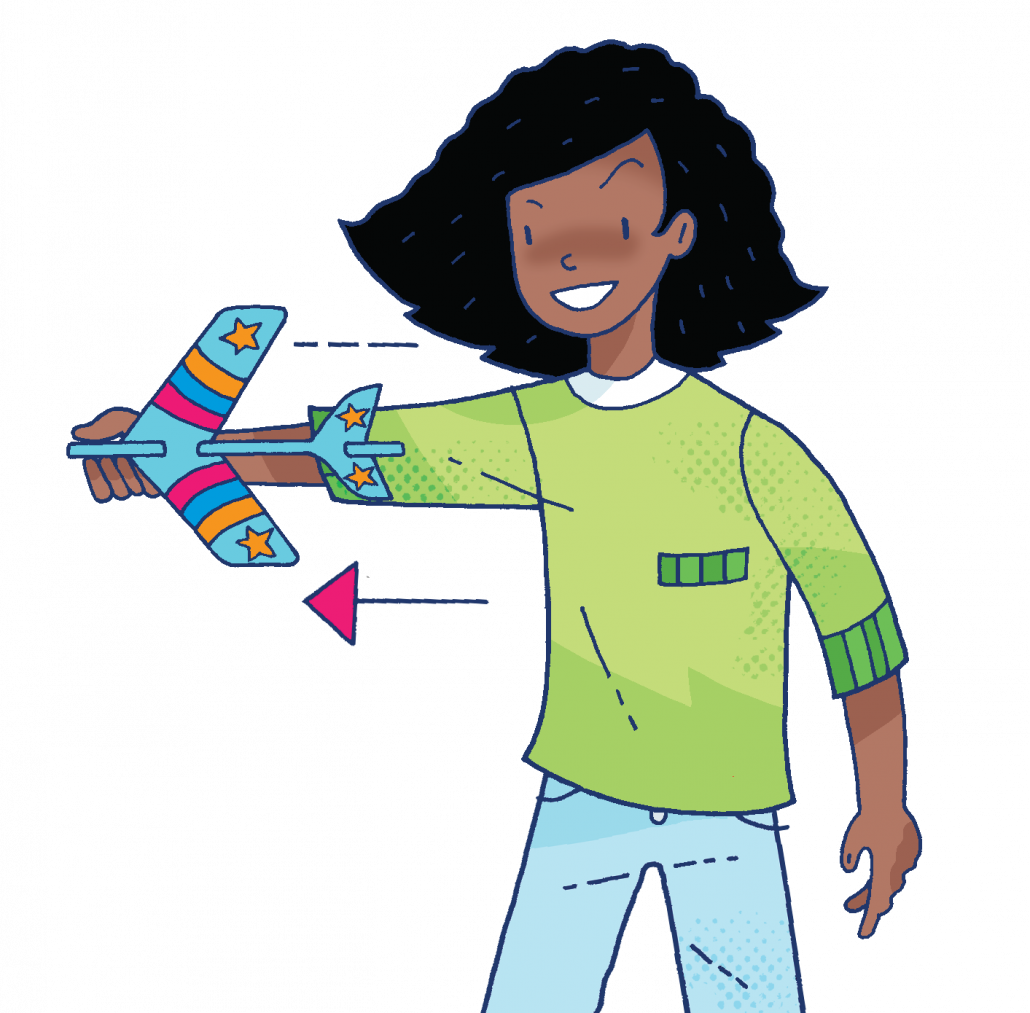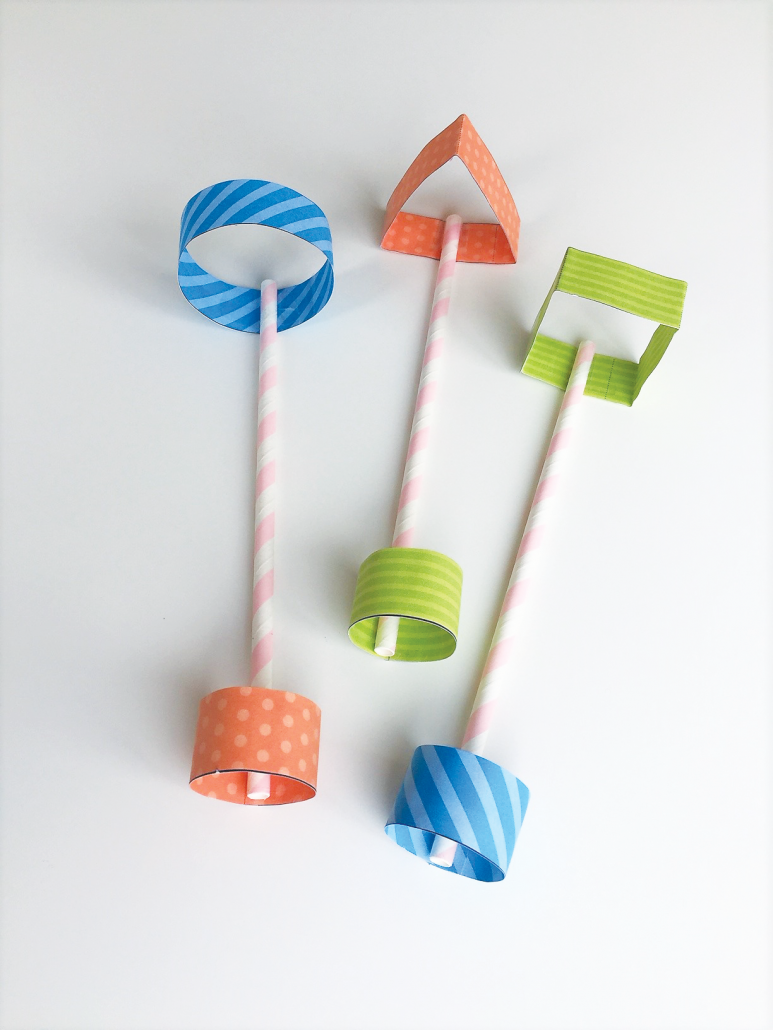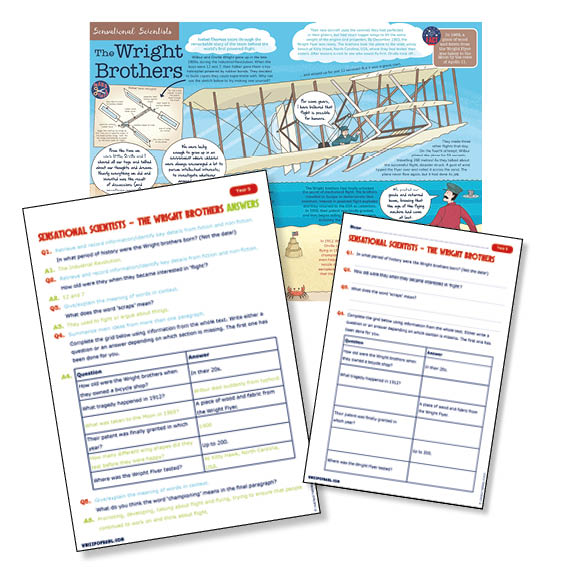Are you looking for some spooky science to do at home? If you want to know how to do some Halloween experiments and make DIY Halloween decorations, you’ve come to the right place.
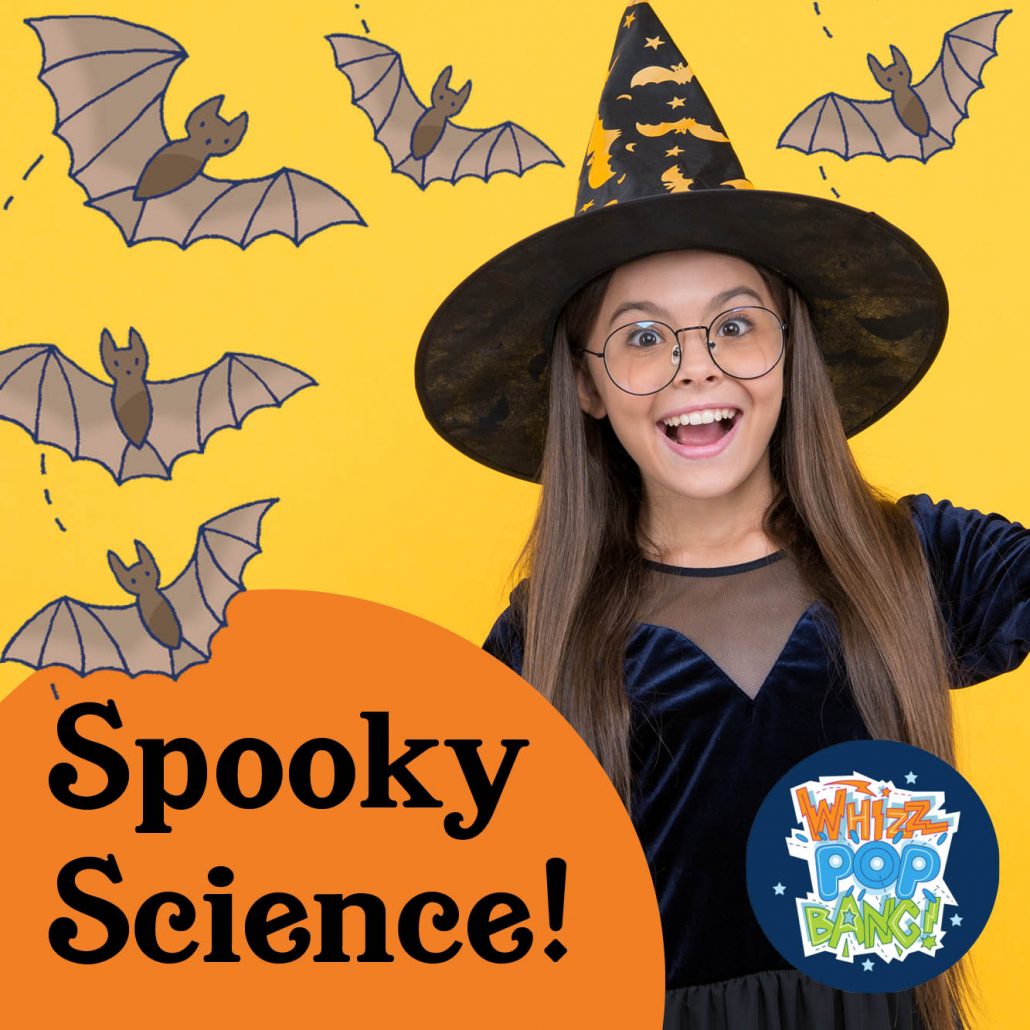
Discover how to create edible fake blood, craft a spooky window scene, turn Halloween candy into dancing Franken-worms, mix up a batch of gooey oobleck slime and carve a puking pumpkin right here.
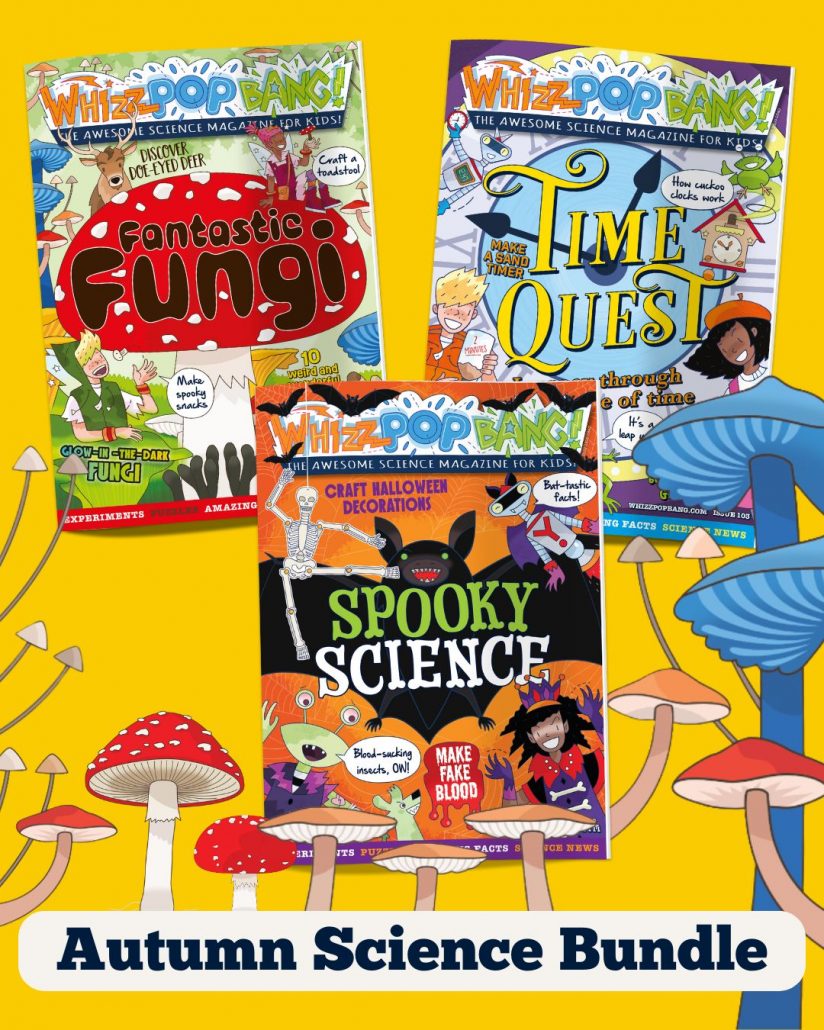
In Whizz Pop Bang’s Autumn Science bundle, mini scientists can…
👻 Dive into a world of blood-curdling fun in Spooky Science, make edible fake blood, blood cell cereal and working model heart and more!
🍄 Discover all sorts of weird and wonderful fungi in Fantastic Fungi! Make mushroom-spore artwork, craft model mushrooms, experiment with feeding yeast fungi and more.
⏰ Explore some time conundrums in Time Quest! Play silly 60-second games, discover how cuckoo clocks work, meet an spacetime astrophysicist and so much more!
Whizz Pop Bang is our award-winning science magazine that brings science to life for children aged six to twelve (and their parents too)!
Discover how easy it is to enjoy science at home with Whizz Pop Bang magazine. Spark your child’s imagination with lab-loads of hands-on experiments, the latest science news, tantalising puzzles and amazing facts.
Subscribe today to start your child’s adventures in discovery and to inspire the scientists of the future!
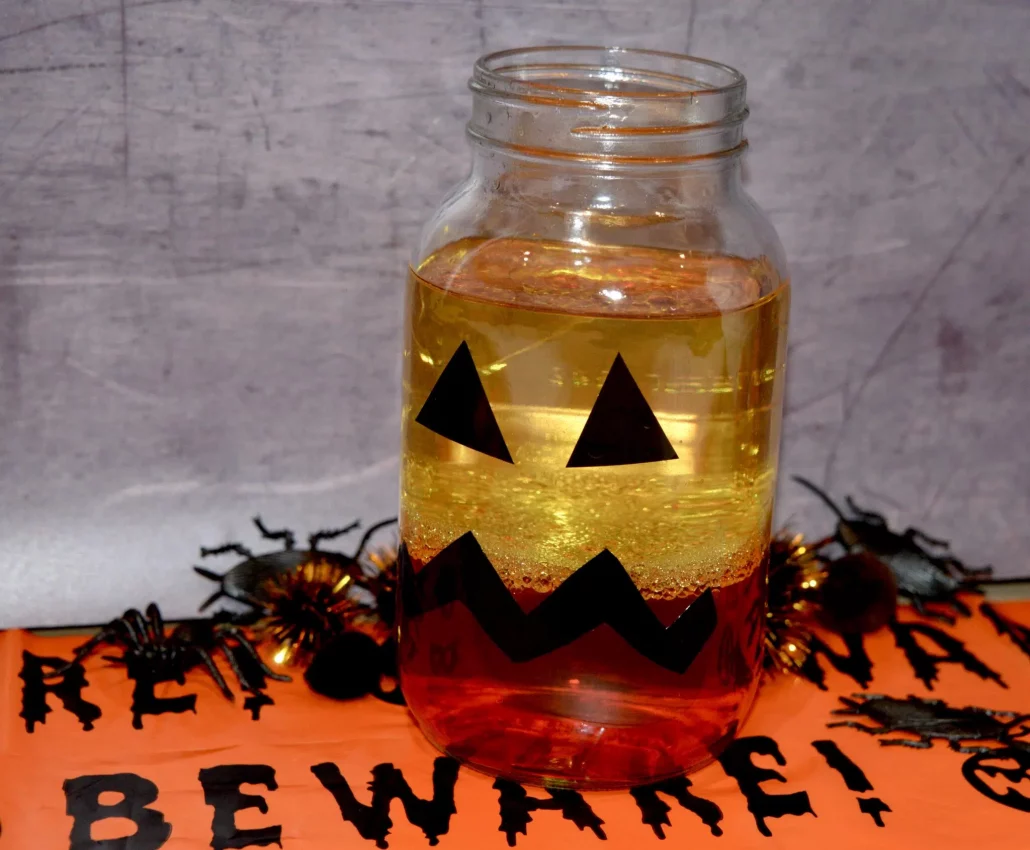
1. Pumpkin Lava Lamp
This brilliant activity by Science Sparks uses common kitchen ingredients to make a bubbling pumpkin laval lamp.
You will need:
A clear bottle or jar
A bottle of vegetable oil
Orange food colouring
Glitter
Water
Alka Seltzer (or try fizzy vitamin tablets)
Black pen and pipe cleaners for decoration
Head over to Science Sparks to find out how to make this epic lava lamp!
2. Spooky window scene
You will need:
A pencil
Black card or paper
Scissors
Translucent sweet wrappers or coloured tissue paper
Sticky tack
Battery operated tea lights
What you do:
- Draw your design on black card or paper.
- Cut it out.
- Add the windows and cut them out.
- Use see-through sweet wrappers or tissue paper as window panes.
- Add finishing touches (we cut out bats and ghosts!)
- Use sticky tack to stick to a window. Add battery operated lights to make your scene glow!
3. Dancing Franken-worms
Turn the contents of those overflowing trick or treat buckets into a fun learning opportunity. Find out how to use bicarbonate of soda and vinegar to make gummy worms dance over at Playdoh to Plato’s blog!
Fill half term with science with the Autumn Science Bundle!
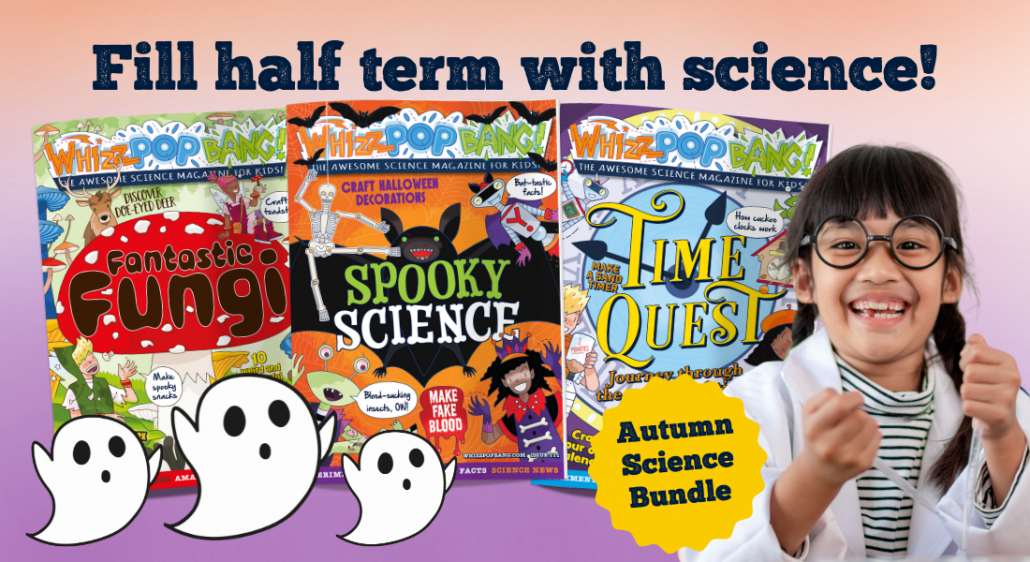
4. Ooey Gooey Oobleck
Find out how to make the freaky non-Newtonian fluid, oobleck! It’s a great Halloween science activity (and it’s easy to clean up!)
You will need:
Mixing bowl
Spoon
Cornflour or custard powder
Water
Food colouring (optional)
What you do:
1. Place four heaped tablespoons of cornflour or custard powder into a bowl.
2. Add a splash of water and stir the mixture. Keep adding water a little at a time, until the mixture is about the same consistency as honey.
3. If you add too much water, add some more cornflour or custard powder.
4. Add a little food colouring if you like and mix it in.
Watch the video to find out more about the strange properties of this special substance.
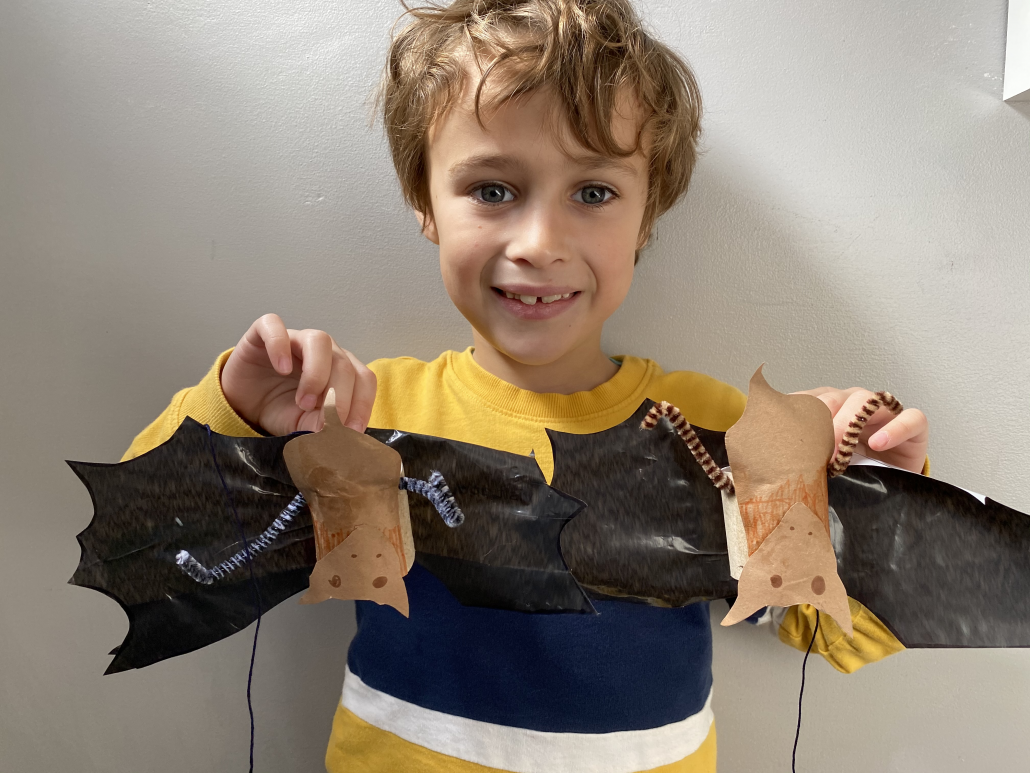
5. Puking Pumpkin Experiment
You’ve carved a pumpkin – now use science to make it even more fun with this brilliant idea from Little Bins for Little Hands! Click here for step-by-step instructions
Looking for more home science fun? From science experiments, science activities, collectible science club badges to science colouring and more, you’ll find loads of brilliant ideas right here!



